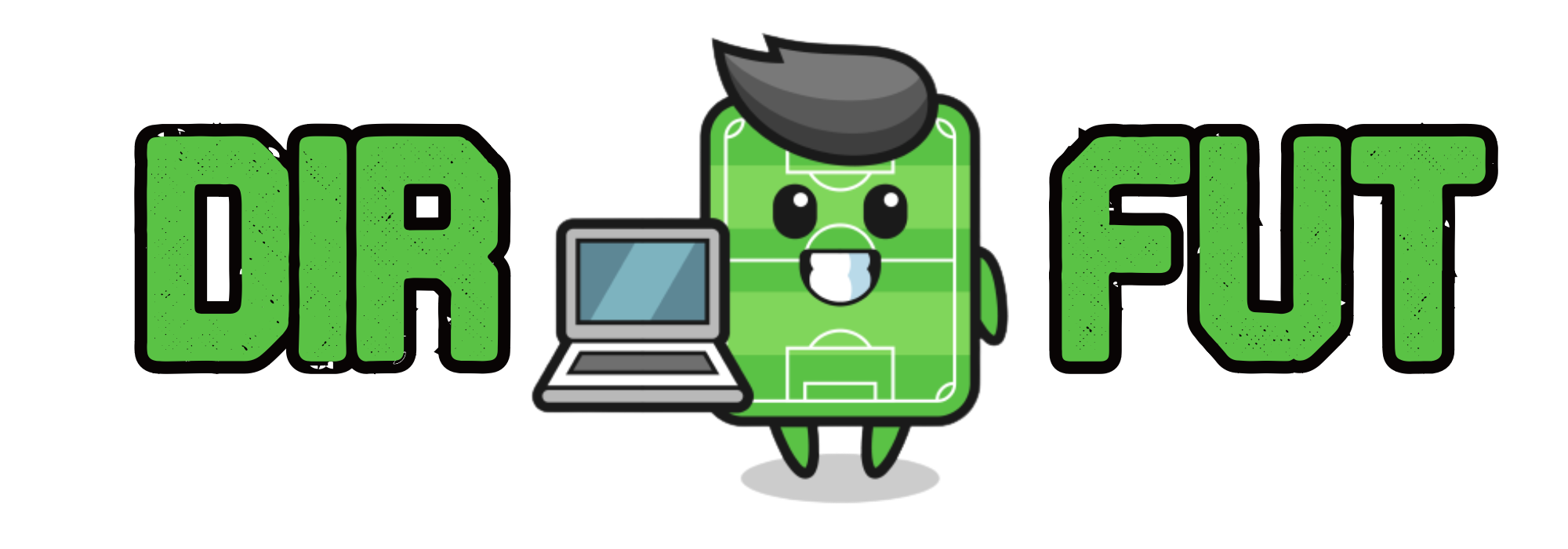
Havertz & Arteta’s Tactical Evolution | Arsenal Analysis
Mikel Arteta – Tactical Evolution
Kai Havertz is a new Arsenal player. So I want to take the opportunity to talk about Arteta’s tactical evolution and how Kai Havertz will fit into Arsenal.
Mikel Arteta’s philosophy is based on controlling every phase of play, both in and out of possession. Arsenal’s evolution on the pitch came in phases.
Let’s begin with the 2020-21 season Arsenal set up in a 4-2-3-1 formation that featured left-back Tierney as an advanced outlet to hold width, the Scotland international largely running the left flank himself. Xhaka’s positioning allowed him to find Tierney often and with Willian drifting infield alongside Emile Smith Rowe, this maximised the space Tierney had to run into. Arteta’s first draft was more one-dimensional, lacking creativity. The larger proportion of their chance creation came from the left-hand side. Tierney was their main creative threat and outside of his crossing repertoire, they were not able to do much.

In the 2021-22 season, Arteta’s next blueprint brought to life Arsenal’s 3-2-5 structure in possession. It featured a pendulum-like swing between full-backs Tierney and Cedric, in terms of who advanced high and wide and who was involved in build-up, that gave them more balance playing out from the back. Going forward, their creativity relied on tight interplay between Alexandre Lacazette dropping deep from the forward line, with Martin Odegaard between the lines and Bukayo Saka overloading the right spaces before switching to Gabriel Martinelli out on the left.

This season Arsenal’s shape in possession is now more of a 2-3-5, a structure most associated with teams that focus on positional play, which creates wider midfield coverage that can be seen with how spaced out Thomas Partey and Xhaka are. This structure allows the central midfielders to push higher into the half-spaces, pushing Xhaka forward, moving Odegaard centrally and inverting their full-back, Oleksandr Zinchenko, to squeeze the midfield and create space wide for players like Martinelli or Saka.

As we have seen Arsenal have shape-shifted their formations multiple times throughout Arteta’s reign, but that basic formula remained the same, despite sticky results. Arteta’s Arsenal exemplify the benefits of pursuing a specific philosophy to achieve long-term gains at the expense of short-term results. It may seem like they have become very good, very quickly, but that has come from giving Arteta the patience and resources needed to implement his vision.
Knowing all this, why does Arteta want Havertz?
Kai Havertz – Analysis
At Chelsea, Havertz was mainly used as a number 9 but was given license to roam across the pitch. Mainly he liked to go wider to create overloads whilst other players then attacked the box. But they didn’t have the players to make use of this enough, the fullbacks were the natural width & the wingers liked the ball to feet as opposed to running into space.


Havertz played better in the bigger games as there was more space to run into. Against the top teams he had more space to attack & his good passes kept attacks moving. When Chelsea played against low blocks they had nobody to unlock things so it was bad for Havertz. Every time he played as a second striker he had good games. A striker gets the attention of the centre backs then Havertz runs into space. He is excellent at this.



Havertz is also one of the best players in the Premier League in aerial duels. Arsenal don’t create enough chances from crosses because there’s no aerial presence, Havertz provides this & the cut backs would provide more instinctive finishes & headers. If Havertz plays upfront vs low blocks Arsenal have the ability to control games consistently, and he can also overload wider areas whilst Martinelli & Saka attack the spaces left behind.





His great back to goal play, showing creativity & top first touch will allow others to make runs off him, whether that’s midfielders like Odegaard or wingers like Saka & Martinelli.


I don’t know where this myth has come from that Havertz doesn’t press either but I’d say his work rate is exceptional for a forward player, he works extremely hard & the stats back this up.


Many people suggest Havertz could play in place of Xhaka, personally the only way I could see this happening is if the roles of the central midfielders were reversed. The left central midfielder in Arsenal is the one who defends in a double pivot out of possession, is the deeper of the 2 centre mids in possession, whilst the right central midifielder is more advanced & defends as a second striker out of possession. So Ødegaard will need to play on the left. Havertz is more effective and comfortable receiving with his back to goal on the right.

The other option is the diamond, Kai Havertz plays better on the right, Martin Ødegaard is useful central, Gabriel Jesus likes to help out deep, so all three can attack their favored space, while still remaining comfortable in settled play.

We may even see Arsenal use a 4-2-3-1 at times, maybe in a similar way to how De Zerbi uses his, with Havertz playing behind the striker co he can look to play others in with quick one touch passes & flair.

It will be very interesting to see the evolution of Arsenal during the preseason and how long Arteta will take to implement the tactical changes. The only question about the Havertz signing is whether for that price he can be truly decisive in one role and not just useful in several.


